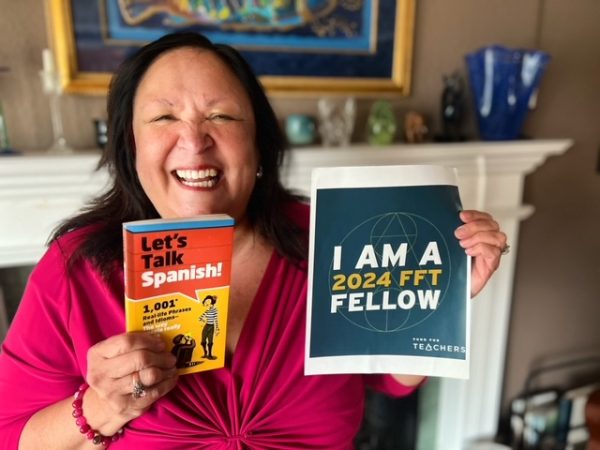Only one can rise to the top

Art by Rosa Blandón Calero

In years past, seniors with a 4.0 GPA, no matter the classes taken, were considered to be one of many valedictorians. This meant potentially every student could have the honors of being a Bellarmine valedictorian. Entering into this graduation, there will only be one valedictorian from henceforth. But what does this really change, other than having less confusion on who is the speaker?
Well, it actually changes quite a bit. First of all, you are less likely to be valedictorian if you do not take the “right” classes. The path narrows freshman year if you do not take all the honors classes possible, including the prestigious Honors Humanities. The field narrows even more as students move up to having more AP options. This means they are competing with both having the most AP classes out of their whole class, balancing your grades, and not burning out.
Is this truly fair?
Many different strategies can be taken to even out the playing field of who should be honored. First, the old system can be re-implemented and everyone with a 4.0 GPA is honored, regardless of their class difficulty. This recognizes the fact that advanced placement and honors classes may not be the best fit for everyone. Similarly, it allows for students who opt to take more art classes to not have a disadvantage because their GPA is weighed down by “less rigorous” classes. This allows for students to follow their passions, while still pursuing the goal of valedictorian. However, this past system has come under ridicule for being too lenient and not accurately living up to the difficulties that college valedictorians face.
Another way to combat this change is to divide the GPA rankings. The top of the class still gets valedictorian, but subgroups are created to separate those whose GPAs range from 3.75 to 4.0. This models the college model with of Latin honors. The main issue in this system still lies in separating out classes with higher difficulty levels. Another issue is where is the cut off for GPAs considered under certain honors. Colleges make the scale from 3.50 to 4.0, however grading scales differ across subjects and teachers. Bellarmine is no exception to this. Certain teachers and subjects at Bellarmine weigh points differently. For example, one AP class may have a final worth 10% and have labs worth 25%, and another AP class may have one worth 15% with projects only worth 15% as well. Yet all AP classes should be at a college level. This clearly shows that the levels of classes are blurred.
Getting rid of valedictorians is another tactic. Despite the fact that it does not properly honor the highest achiever, it does open the floodgates for having a different speaker who may not be the highest academically, but could be more involved in the class in general. Similarly it takes away burnout pressures to have a title that isn’t allowed on college applications.
It is clear that the best solution has not been found. Yet it may be better to let the spirit of the valedictorian die before it becomes a worthless competition.

Regan Marsh is a senior who has an enthusiasm for theater. In her free time, she enjoys writing, drawing and being active. She helps run Bellarmine’s...










